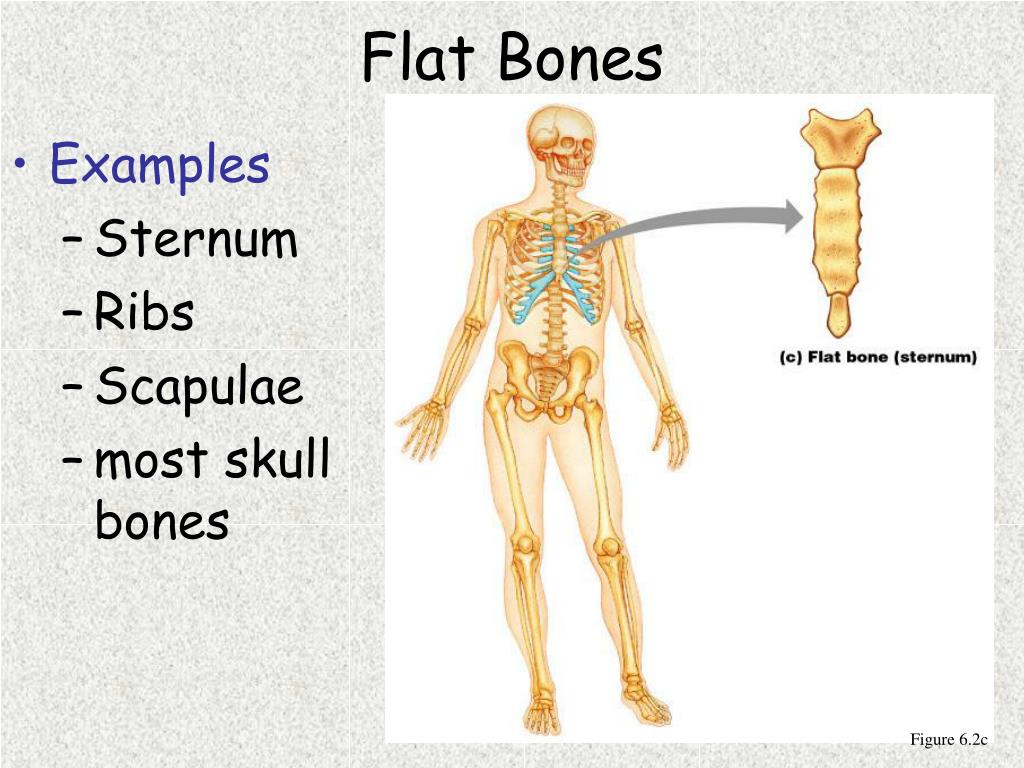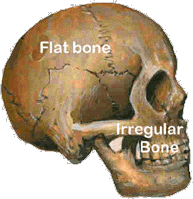

These canaliculi provide the nutrients needed for the newly transformed osteoblasts, which are now called osteocytes.

The bone marrow fills the space in the ring of osteoblasts, and eventually fills the bony matrix.Īfter the bone is completely ossified, the osteoblasts retract their calcium phosphate secreting tendrils, leaving tiny canals in the bony matrix, known as canaliculi. Since flat bones are usually thinner than the long bones, they only have red bone marrow, rather than both red and yellow bone marrow (yellow bone marrow being made up of mostly fat). This hardened matrix forms the body of the bone. They form a ring in between the membranes, and begin to expand outwards. The fontanelles contain connective tissue stem cells, which form into osteoblasts, which secrete calcium phosphate into a matrix of canals. On a baby, those spots are known as fontanelles. Ossification is started by the formation of layers of undifferentiated connective tissue that hold the area where the flat bone is to come. The intervening cancellous tissue is called the diploë, and this, in the nasal region of the skull, becomes absorbed so as to leave spaces filled with air–the paranasal sinuses between the two tables. In the cranial bones, the layers of compact tissue are familiarly known as the tables of the skull the outer one is thick and tough the inner is thin, dense, and brittle, and hence is termed the vitreous (glass-like) table. In an adult, most red blood cells are formed in flat bones. These bones are composed of two thin layers of compact bone enclosing between them a variable quantity of cancellous bone, which is the location of red bone marrow. The flat bones are: the occipital, parietal, frontal, nasal, lacrimal, vomer, hip bone (coxal bone), sternum, ribs, and scapulae. These bones are expanded into broad, flat plates, as in the cranium ( skull), the ilium ( pelvis), sternum and the rib cage. Flat bones are bones whose principal function is either extensive protection or the provision of broad surfaces for muscular attachment.


 0 kommentar(er)
0 kommentar(er)
